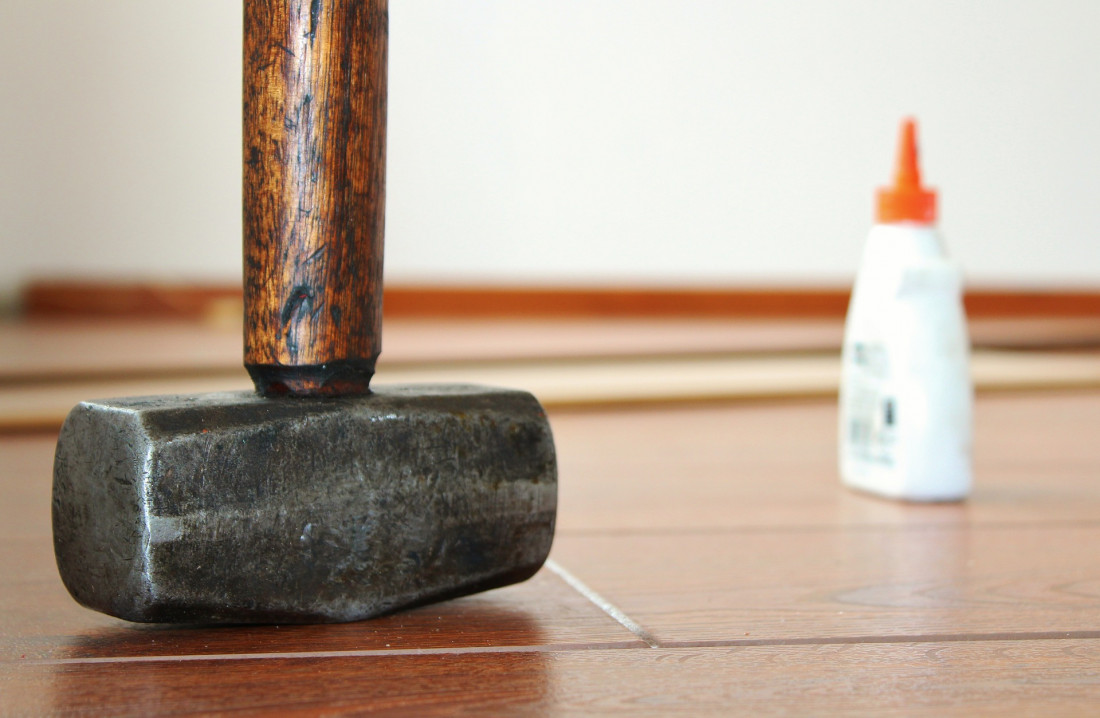Scientists have discovered what they believe to be the best performing, extreme-condition glue in the world. By vertically aligning carbon nanotubes with tops bundled into nodes, they have found a dry adhesive that works effectively in temperatures as low as -196°C, and incredibly, performs even better in temperatures as high as 1000°C.
Surprising even themselves with the test results, the researchers, which included Prof. Liming Dai and Feng Du from Case Western Reserve, Ming Xu, from Case School of Engineering, and Sabyasachi Ganguli and Ajit Roy, of the Air Force Research Laboratory, used electron microscope technology to find out exactly how an adhesive could get stronger as the temperature rose.
By doing this they discovered that the basic adhesion was created by the bundled nodes penetrating into the cavities of a surface, and then collapsing into ‘web-like structures’. As temperatures rise, many surfaces the flexible nanotubes no longer remain vertically aligned but collapse into web-like structures.
“When you have aligned nanotubes with bundled tops penetrating into the cavities of the surface, you generate sufficient van der Waal’s forces to hold.” Xu explained, “The dry adhesive doesn’t lose adhesion as it cools because the surface doesn’t change. But when you heat the surface, the surface becomes rougher, physically locking the nanotubes in place, leading to stronger adhesion as temperatures increase.”
Moreover, the tests showed that the adhesive functioned well through repeated periods of freezing and heating. While the online science journal Phys.org notes, “The researchers dub this adhesion mechanism ‘nano-interlocking.’”
The research team described the excellent results in the journal Nature Communications, as follows, “This unusual adhesion behaviour can be rationalized [as] the plasma-induced carbon nanotube (CNT) top nodes can easily penetrate into cavities of a naturally or temperature-induced rough surface, followed by temperature-induced deformation of the flexible double-walled CNT segments along the surface profile to form nano-interlocks. The screw-like nano-interlocking interaction distinguishes the CNT dry adhesive reported in this study from other conventional adhesives, including conventional CNT dry adhesives and polymeric dry adhesives. Our CNT dry adhesives sustain many temperature transition cycles over a wide operational temperature range from −196 to 1,000 °C with a high thermal stability and a temperature-enhanced adhesion strength up to 143 N cm−2 (one of the highest adhesion strengths among all known pure CNT dry adhesives).”
Diagram showing the preparation procedure of the CNT dry adhesive.
Top-view scanning electron microscopic (SEM) image of the rationally designed fibrillar adhering surface generated by plasma etching the nonaligned, entangled top nanotube segments on the as-grown VA-DWNT array.
The researchers noted that the adhesive should work on a wide variety of surfaces. While the tests were only conducted on copper foil; it is a material that is not unique in the way it changes when heat is applied. The surface of many materials, including polymer films and other metal foils, become rougher when heated, making them good targets for this kind of adhesive.
Although the team suggests that an adhesive as tough as they have discovered would be ideal for use in space, the ability to bind two surfaces together at the extremes of both hot and cold will have multiple applications. Possibly uses include on deep sea craft, especially those exploring underwater thermal vents, or on aircraft which can reach very high temperatures on runways in hot climates, before climbing into the sub-zero conditions of the stratosphere.
While very large scale production may still be some way in the future, many in the adhesives industry are already speculating on where is best to stick such a resilient adhesive.



